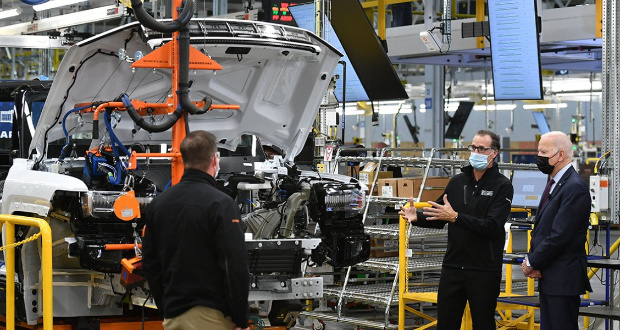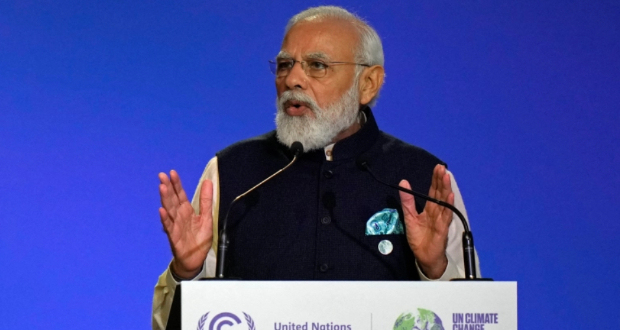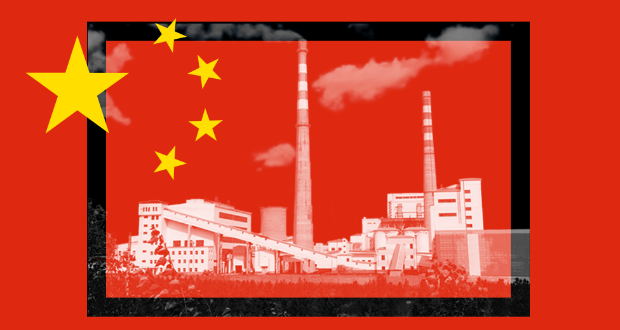The Inflation Reduction Act (IRA) is a prime example of these dynamics: the law’s provisions are accelerating the deployment of low-carbon technologies in the United States even as they introduce measures to address competition with China that may increase certain costs and potentially affect the speed of the clean energy transition.
Trade, economic security, and competition with China are at the heart of the challenge. Many climate technologies, including solar panels and lithium-ion batteries, are largely produced in China. Decarbonization efforts could thus potentially increase trade dependencies on China at a time when interdependence is seen in some cases as a threat to economic security. Promoting diversification and domestic investment in manufacturing can help alleviate these concerns, but as Chinese companies respond to U.S. de-risking incentives by setting up production outside of China, including in the United States, some dependencies will remain.
The IRA already lays out a multipronged approach that incentivizes domestic manufacturing as well as international supply chain diversification (for example in the case of critical minerals used in batteries). However, moving forward, this approach will need to be more up front in addressing the role of Chinese firms as they internationalize. This will require stronger international cooperation, better frameworks to identify and evaluate risk, and more consideration for what kinds of policies and initiatives can best leverage foreign direct investment (FDI) from Chinese firms to maximize localization and reduce risky dependencies on China.
Looking at current trends in trade, macroeconomics, and climate, three issues appear increasingly important for U.S. policymakers and climate advocates to address.
- Chinese exports are on the rise, but prices are falling.
Due to a combination of factors, including low domestic demand, a flagging Chinese economy, and increased support for manufacturing in China, the past couple of years have witnessed a surge in exports from China. Even more concerning to policymakers is that the prices of certain goods made in China, including electric vehicles (EVs), solar panels, wind turbines, and batteries, have continued to fall as part of domestic price wars and possible overcapacity fueling a rapid increase in exports. The result is growing global tension, especially with regions that feel that their economic welfare is threatened by competition with China. For example, the EU Commission has launched anti-subsidy investigations into Chinese-made EVs and, more recently, a bid by a Chinese state-owned train manufacturing company.
Climate technology exports are becoming increasingly important to the Chinese economy: in 2023, solar panels, lithium-ion batteries, and EV exports accounted for 4.2 percent of China’s total exports, up from 1.5 percent in 2019, according to author calculations using Chinese customs data. To put this into perspective, all steel, iron, and related articles account for almost 5 percent of China’s exports. The demand for EVs, solar panels, batteries, and other climate technologies like electrolyzers, heat pumps, and wind turbines has been surging around the world. On the one hand, low-cost equipment that can help reduce emissions is highly desirable; on the other, price competition due to distorted market incentives that lead to increasing concentration of production in China is politically unsustainable and could have negative repercussions for the clean energy transition.
- Chinese climate technology companies are going global.
The internationalization of Chinese firms as they expand their production capacity outside their home country is a potentially transformative trend. Companies are responding positively to incentives put in place by the United States to diversify supply chains and by countries seeking to attract more FDI in emerging industries. Chinese firms are morphing into multinational companies and are now at the forefront of supply chain diversification.
The increased role of Chinese FDI in shaping climate supply chains is still not well understood. There are many outstanding questions regarding linkages between the party-state and companies in China and their political implications as well as the presence of subsidies at home that could give them an unfair advantage. However, there is also a distinct possibility that these kinds of investments could help achieve geographic and, in some cases, ownership diversification while enabling some tech diffusion, especially if combined with careful and strategic policymaking by host countries. They are also often welcomed by countries that are seeking to expand their manufacturing bases.




